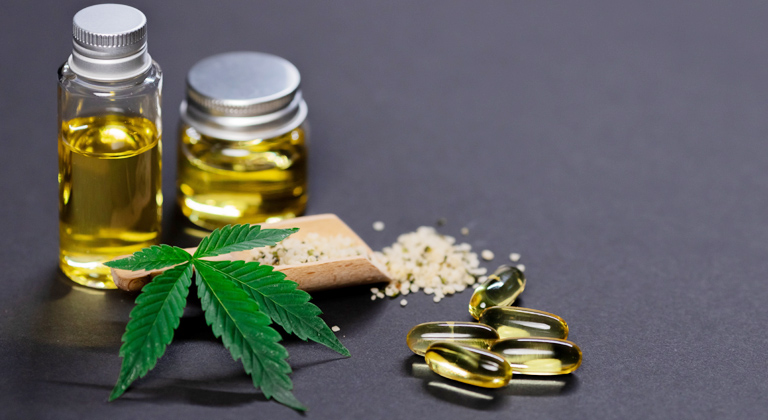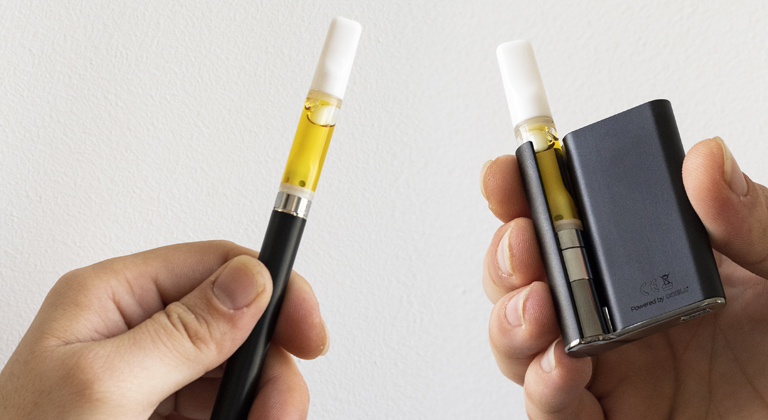In recent years, the cannabis industry has undergone its most significant transformation thanks to the legalization of the plant (both for medicinal and recreational use) in multiple countries and states worldwide.
Changes in the legal framework have turned countries that historically favored openly prohibitionist policies, such as Germany, into major markets with a significant impact on the global industry. Australia aims to be one of these cases, and we’ll explain why in the following post.
Development and Evolution of the Legal Cannabis Market in Australia
In recent years, the Australian legal cannabis market has shown impressive growth, valued at 66 million US dollars in 2022, expected to exand at an annual rate of 29.6% until 2030.
This exponential market growth is driven by the growing public awareness of the therapeutic benefits of cannabis for treating various conditions. Additionally, other factors contributing to this evolution include the expansion of legalization, the increasing number of patients, additional government support, and the presence of local and foreign stakeholders in the country.
Medicinal Cannabis as a Measure to Reduce Opioid Consumption in Australia
The opioid epidemic is a problem affecting several countries, including the United States and Australia. The increased use of opioids to treat conditions such as pain has led to cases of opioid addiction, which, in some of the worst cases, results in substance abuse and turning to the black market once the patient no longer receives a prescription from their doctor.
Looking back, the case of the Netherlands in the 1980s serves as a precedent in this regard. The Dutch government chose a “soft” approach to cannabis as a measure to reduce the heroin epidemic that was ravaging the country.
Thanks to this measure, the beginning of an industry, that’s now well-established, flourished; crime statistics, overdose deaths, and heroin addiction cases were significantly reduced.
In Australia, there’s a growing interest on behalf of the pharmaceutical sector to promote cannabis-based medicines as an alternative to opioids. According to data from the Therapeutic Goods Administration (TGA), there are 14 emergency hospital admissions per day in Australia due to opioid overdoses, and three of these cases end in fatality.
The increase in the use of cannabis for medicinal purposes provides a much safer alternative to opioids and is driving the overall market growth as patients shift towards cannabinoid-based treatments.

The Importance of Changes in the Legal Framework of Cannabis in Australia
To understand the encouraging future projections of the Australian cannabis market, it’s essential to analyze the most crucial parameter for the flourishing of the cannabis industry in any territory: legality.
In this regard, the reforms done by the Therapeutic Goods Administration (TGA), which took place in 2021, have been one of the most relevant elements in facilitating access to medicinal cannabis.
These changes have allowed access to cannabis-based medications that were not previously authorized, increasing their use. But to better understand what legislative changes regarding cannabis are taking place, we need to take a look at the past:
- Australia regulates its medicinal cannabis at both federal and state levels.
- At a federal level, the cultivation and production of medicinal cannabis are regulated through the Narcotic Drugs Act (1967), an Australian law that governs both the use and distribution of substances considered narcotics. This regulation was implemented in the country to comply with the Single Convention on Narcotic Drugs of 1961, a treaty that regulates the international use of narcotics and establishes guidelines on the production, possession, use, and distribution of narcotics.
- The Therapeutic Goods Act (1989), on the other hand, regulates the supply, import, export, and manufacture of cannabis for medicinal use.
- In October 2016, medicinal cannabis was regulated in Australia, and the government modified the law to allow some organizations to grow cannabis for scientific research, in order to produce pharmaceutical products, enabling patients to access certain cannabis-based medications via prescription.
- The first city to regulate cannabis cultivation and possession for recreational use was the capital city, Canberra, in September 2019.
- The Australian market has grown significantly since the Therapeutic Goods Administration implemented reforms in November 2021, facilitating access to previously unapproved cannabis medications. These measures have resulted in increased bureaucratic efficiency in terms of prescriptions.
- In 2018, Australia legalized the export of medicinal cannabis products. These exports must comply with the regulations of the Narcotic Drugs Act of 1967, and companies undertaking them must have both a license and an export permit from the Office of Drug Control, as well as be registered in the Australian Register of Therapeutic Goods.

Australia in the International Cannabis Market: the Impact of Imports and Exports.
As mentioned above, Australia opened its doors to the export of cannabis products in 2018, and by 2021, it had become the largest source of exports to Germany, with a quantity of 935 kilograms exported in 2022. Germany is its main export market, followed by the United Kingdom (407 kilograms of cannabis in 2022), and New Zealand (167 kilograms in 2022).
Despite having a sizable domestic production, Australia has also been progressively increasing imports to meet domestic demand, with significant quantities coming from Canada (21,201 kilograms imported in 2022), Denmark (868 kilograms imported in 2022), and Portugal (839 kilograms imported in 2022).
With impressive growth rates and a focus on manufacturing high-quality products, Australia is positioning itself as one of the emerging leaders internationally and promises to be a key player in the global cannabis industry.
Although it’s a young market still facing challenges, such as doubling up patient authorizations and a lack of clarity in actual sales, many experts assert that the Australian cannabis market has a promising future, driven by innovation and growth.
Let’s look at some data confirming that the Australian cannabis export market could have the potential to drive economic growth within the country:
- In January 2021, the Australian Natural Therapies Group dispatched its initial shipment of medicinal cannabis to Germany as part of a 92 million Australian dollar export agreement.
- In December 2019, the federal government granted the status of “major project” for the development of new medicinal cannabis facilities in Queensland and Victoria, potentially propelling the industry to a value of 1.2 billion Australian dollars over the next decade.
- Dominance of Flower Over Oils: So far, it appears that the Australian medicinal cannabis market prefers the use of flowers with high THC content over oils.
- There is a significant increase in the use of medicinal cannabis to address mental health conditions such as anxiety, insomnia, or depression.
Industrial Hemp Use: A Greener Future for Australia
The industrial use of hemp currently dominates the country’s legal market, accounting for 76% of revenues in 2022.
There’s a progressive and notable increase in demand for hemp fibers and oil in the construction, personal care, food and beverage, and textile industries. Moreover, an increase in demand is anticipated for the production of varnishes, oil paints, fuels, solvents, and coatings.
It seems that in Australia, hemp has been chosen as a more sustainable material to reduce pollution, deforestation, and waste generation.
The Growing Use of Cannabis Derivatives in Australia
CBD has been approved for treating various conditions such as arthritis pain, epileptic seizures, and chemotherapy-induced nausea. As a result, its use has increased, especially since this cannabinoid does not produce psychoactive effects, and some patients perceive it as a more manageable treatment.
There is an upward trend in Australia towards the popularity of products containing minor cannabinoids, terpenes, and other elements. In fact, some Australian companies have already introduced products to the market containing CBD along with more than 30 cannabis derivatives, including terpenes. This factor has driven the growth of the legal cannabis market in Australia.

Australia in the Global Cannabis Market
The question on many minds is whether Australia will become the largest federally legal cannabis market in the world.
While it’s crucial to consider that Germany is a strong contender in terms of sales, Israel produces substantial volumes of flower, and Brazil’s medicinal market could be a worthy competitor; the spectacular growth rates in the Australian market are challenging to match in other countries.
If we analyze the evolution and current impact of the market (over a short period), it’s undeniable that Australia is making its way towards being a potential international leader; an emerging market that stands out for its rapid expansion driven by regulatory changes, government support, and easy patient access to products.
To summarize, it appears that Australia is becoming a leading country in the medicinal cannabis market, with a growing impact on global supply and regulation. Its focus on quality, regulation, and access to cannabis-based medicines highlights its potential as a role model.
Australia Legal Cannabis Market Size, Share & Trends Analysis Report By Source (Marijuana, Hemp), By Derivative (CBD, THC), By End-use (Medical Use, Recreational Use, Industrial Use), And Segment Forecasts, 2023 – 2030
https://www.odc.gov.au/medicinal-cannabis/about-medicinal-cannabis/australian-cannabis-data-import-export-production-and-stock
Medical cannabis use in the Australian community following introduction of legal access: the 2018–2019 Online Cross-Sectional Cannabis as Medicine Survey (CAMS-18)









